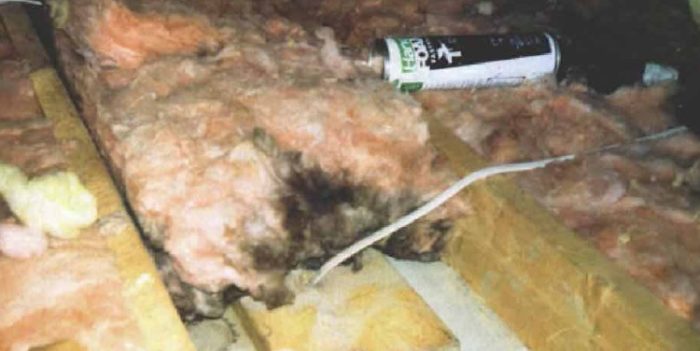
Image Credit: Fine Homebuilding magazine
Staying warm in the winter uses more energy, generates twice the carbon dioxide, and costs twice as much as staying cool during the summer, according to data compiled by the government’s Energy Information Administration.
Accordingly, cold-climate states (many of which also endure hot, muggy summers) have historically gotten the lion’s share of weatherization funds: 84%, versus the 16% share apportioned to warm-climate states. But because the federal government’s $5 billion commitment to weatherization is so large, it triggered the use of a special allotment formula – the result of a political concession made in 1995 to Sun Belt lawmakers – that boosts southern states’ share of weatherization funding to 31%.
As a recent New York Times story notes, the South is – potentially, at least – about to trek far more aggressively than ever before into weatherization for low-income households.
The tradeoffs of the special allotment formula are certainly not lost on weatherization advocates, especially because it won’t squeeze the most energy-saving benefit from each weatherization dollar. “If you were doing it on a national basis,” Steven Nadel, executive director of the pro-weatherization nonprofit American Council for an Energy-Efficient Economy, told the Times, “you’d do the most cost-effective jobs first, which would mean doing a lot in places like the Dakotas and Minnesota.”
On the other hand, more people were dying from extreme heat than extreme cold, J. Bennett Johnston, a former Democratic senator from Louisiana who pushed for the revised allotment formula, told the paper. “This was not so much an energy saving proposal,” he said. “It was more of an equity proposal, one that gave attention to public health.”
Weekly Newsletter
Get building science and energy efficiency advice, plus special offers, in your inbox.














0 Comments
Log in or create an account to post a comment.
Sign up Log in